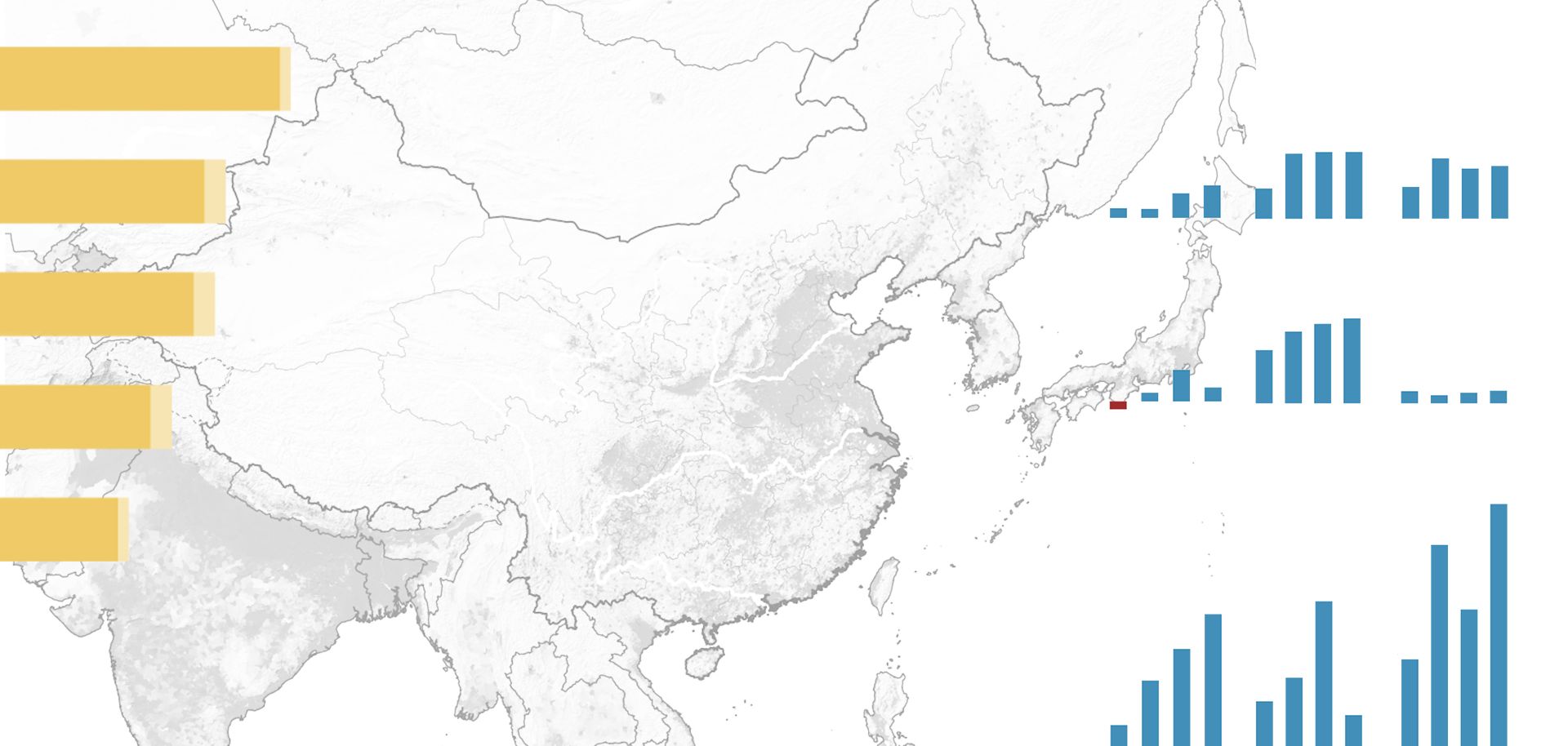
Despite its ideological rivalry with the members of the Gulf Cooperation Council (GCC), Iran has traded heavily with these states since well before the bloc was established. In fact, initial proposals for the bloc included Iran as a member. Until overthrown in 1979, the shah of Iran maintained a relatively friendly relationship with the Gulf states, focusing on areas of mutual concern such as the spread of Baathism, socialism and communism in the region. In Gulf countries, relations between Sunnis and Shiites — though tense — were peaceable. Gulf leaders did not view their Shiite communities as a threat to national stability.
But the 1979 Iranian revolution shattered the Gulf's relative harmony. As the uprising progressed, the region's burgeoning Shiite activist groups, many of which had ties to Iran's Movement of Vanguard Missions, took to the streets themselves, demanding greater religious and economic freedom. Shiite groups in Saudi Arabia's Eastern Province launched massive protests that year after Sunni extremists seized the Grand Mosque in Mecca. Amid the upheaval, the Saudi government grew more attuned to and suspicious of internal dissent; the newly forged Islamic Republic of Iran, meanwhile, established the Office of Islamic Liberation Movements, a government entity tasked with exporting the revolution abroad. Its efforts gave rise to militant Shiite groups in the Gulf.
Wary of the threat that Iran's political sway had come to pose within their borders, the Gulf states banded together to form the GCC in 1981. Back in Iran, however, support for the Gulf's Shiite movements was on the decline. Factional divides marginalized the politicians and clerics who backed the groups. Others were executed or imprisoned. As a result, Tehran shuttered its office for revolutionary movements, although it still tried to empower new Shiite insurgencies in GCC countries into the late 1980s. In the years after Iran's revolution, however, governments throughout the GCC took a tougher stance on Shiite militancy. The expansive security apparatuses in the Gulf states cracked down on and dismantled insurgent groups. Many militant organizations concluded that challenging the system through violence at Iran's bidding was a losing strategy that earned local Shiites only harsher treatment and fewer rights.
Now, as GCC members pursue reform, Tehran may take the opportunity to renew its ties with the region's Shiites. Iran's Shiite communities still share ideological bonds with those of the Gulf, after all, and the rise of a new generation of Shiite leaders in the GCC could further strengthen those affinities. However, many Shiites in the region, especially in Bahrain, Saudi Arabia and Kuwait, take pride in resisting their governments without Iran's intervention or oversight. Even so, conditions may be ripe for Iran to re-establish its influence in the Gulf, and the country's leaders are likely to try.



